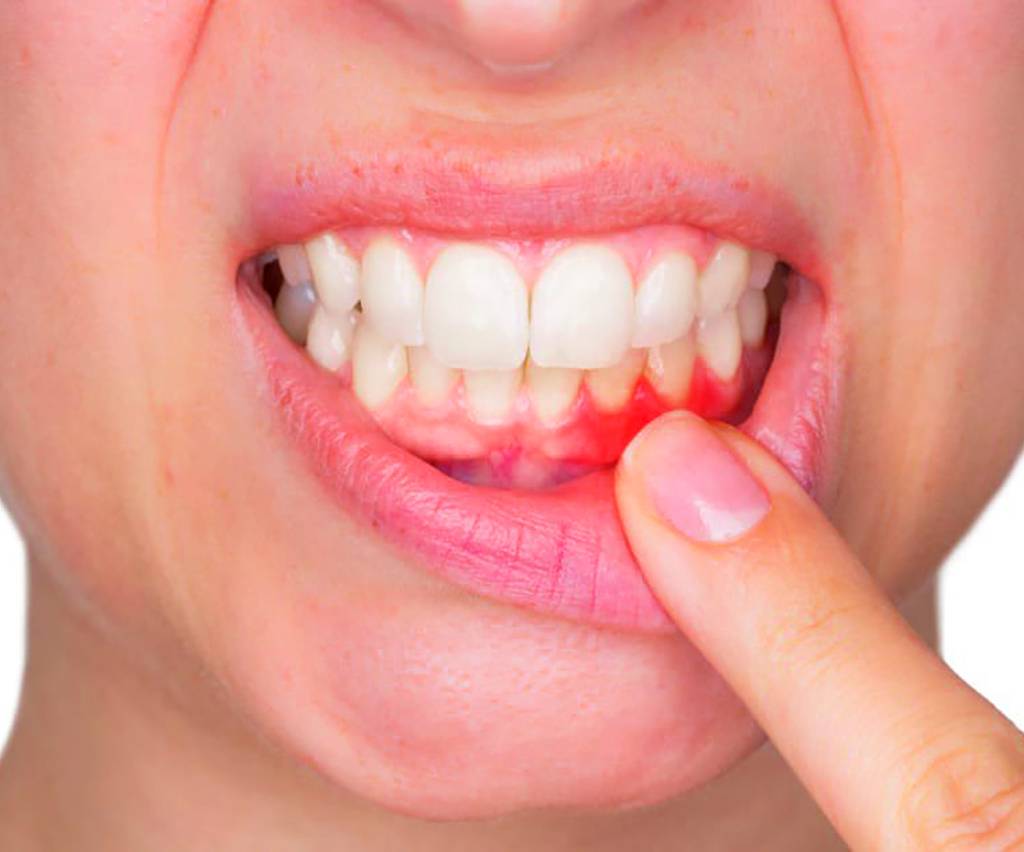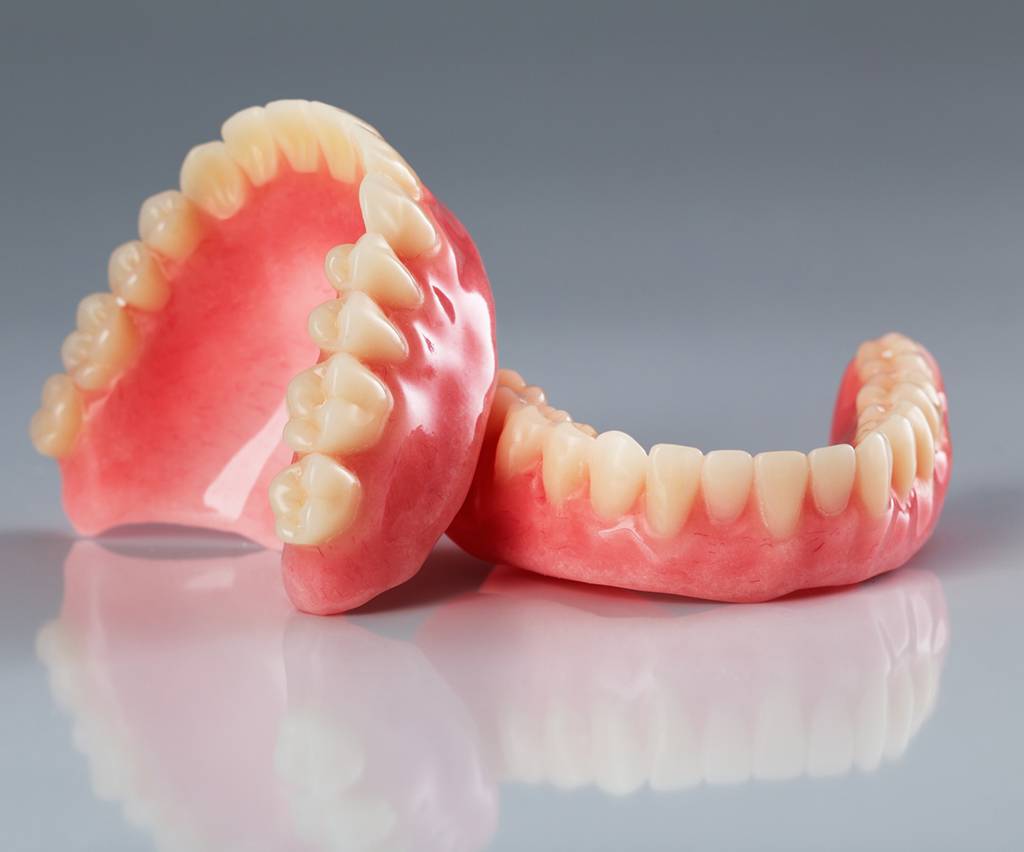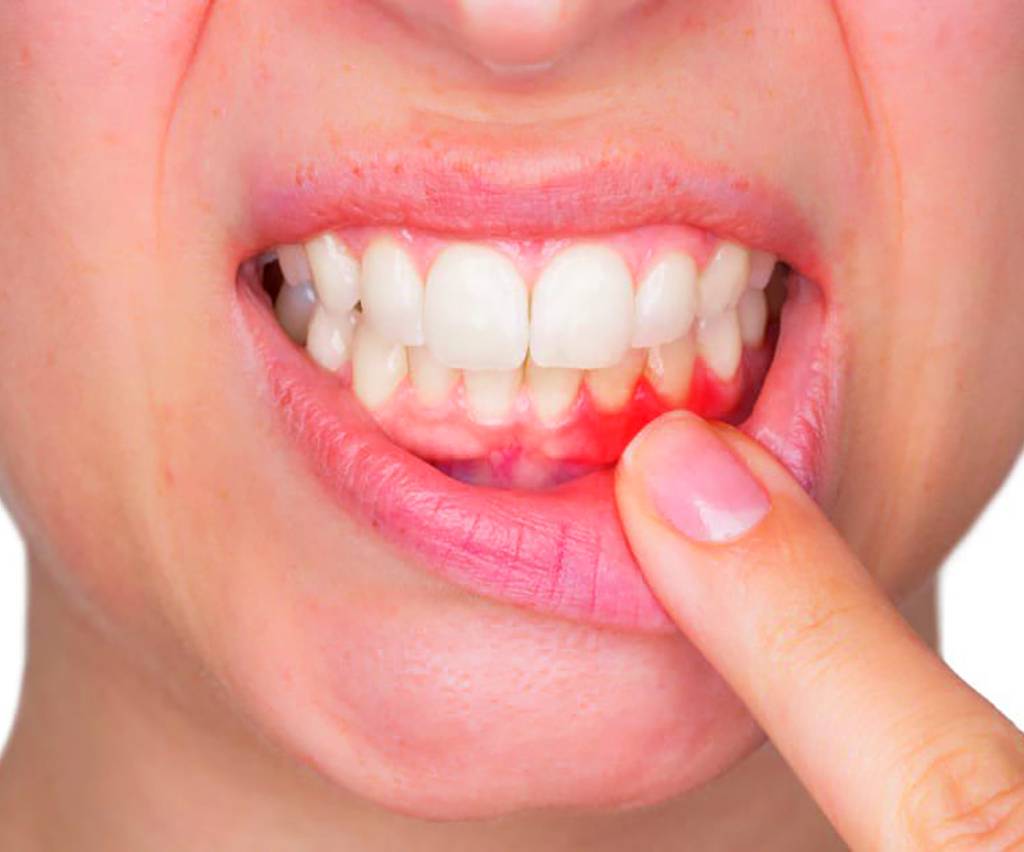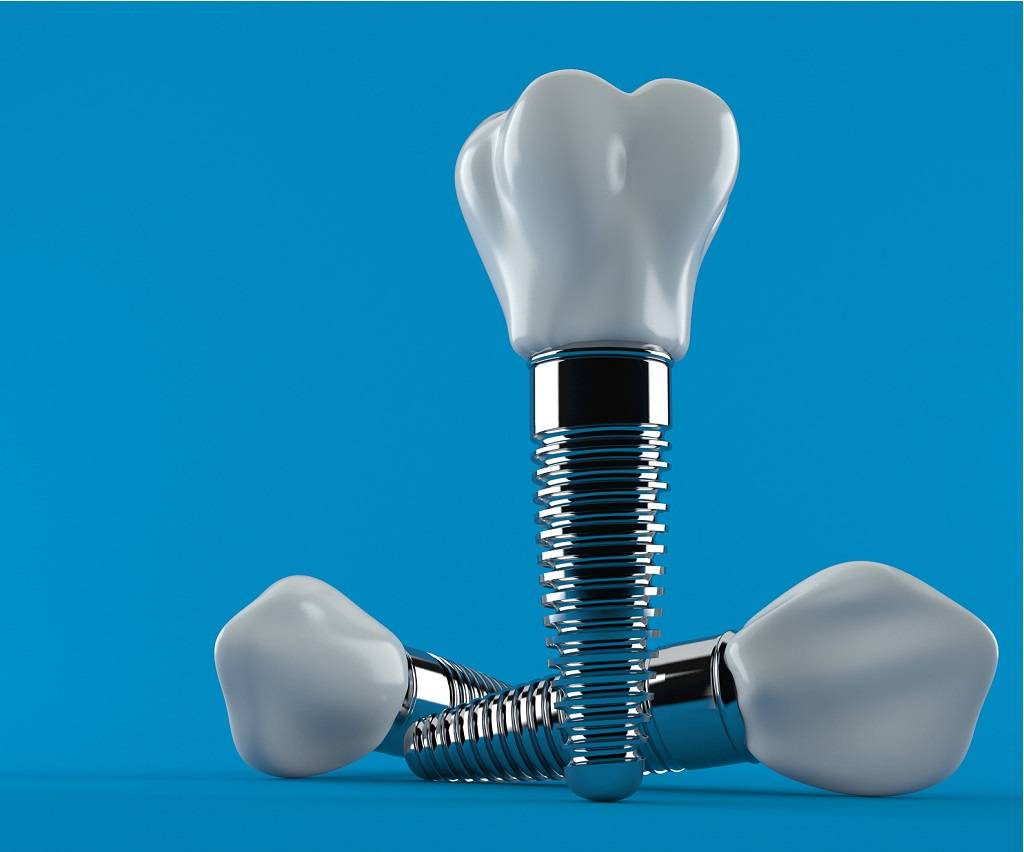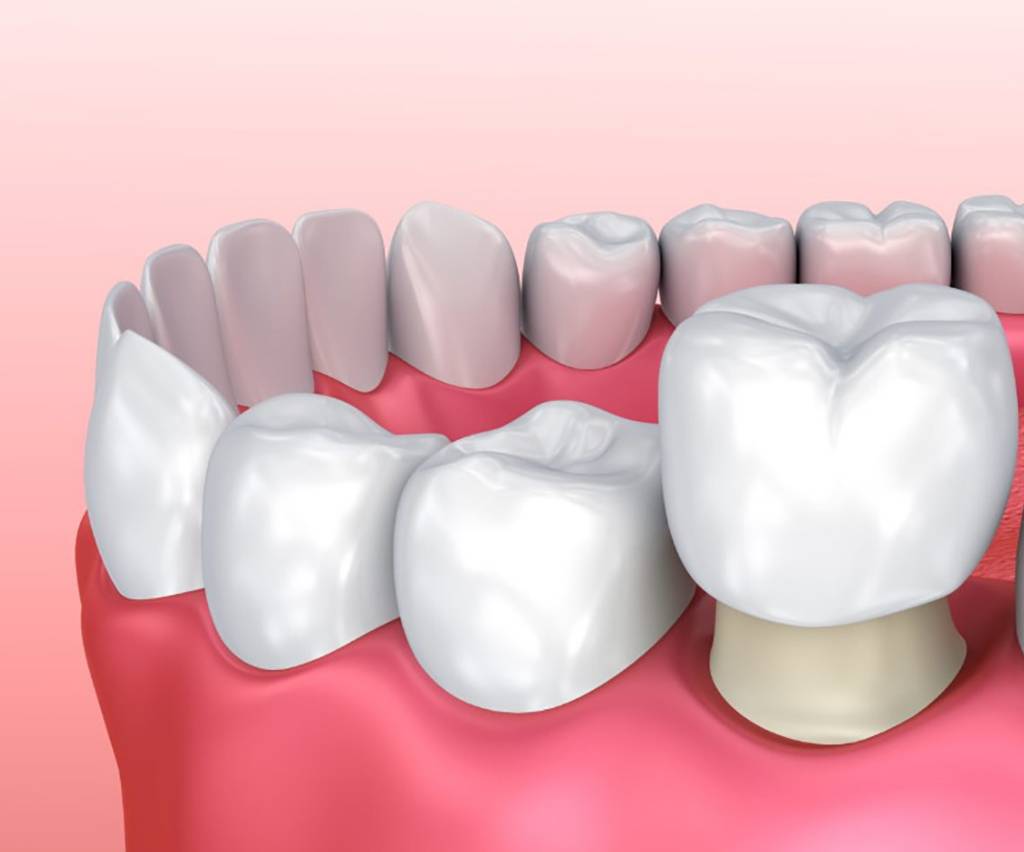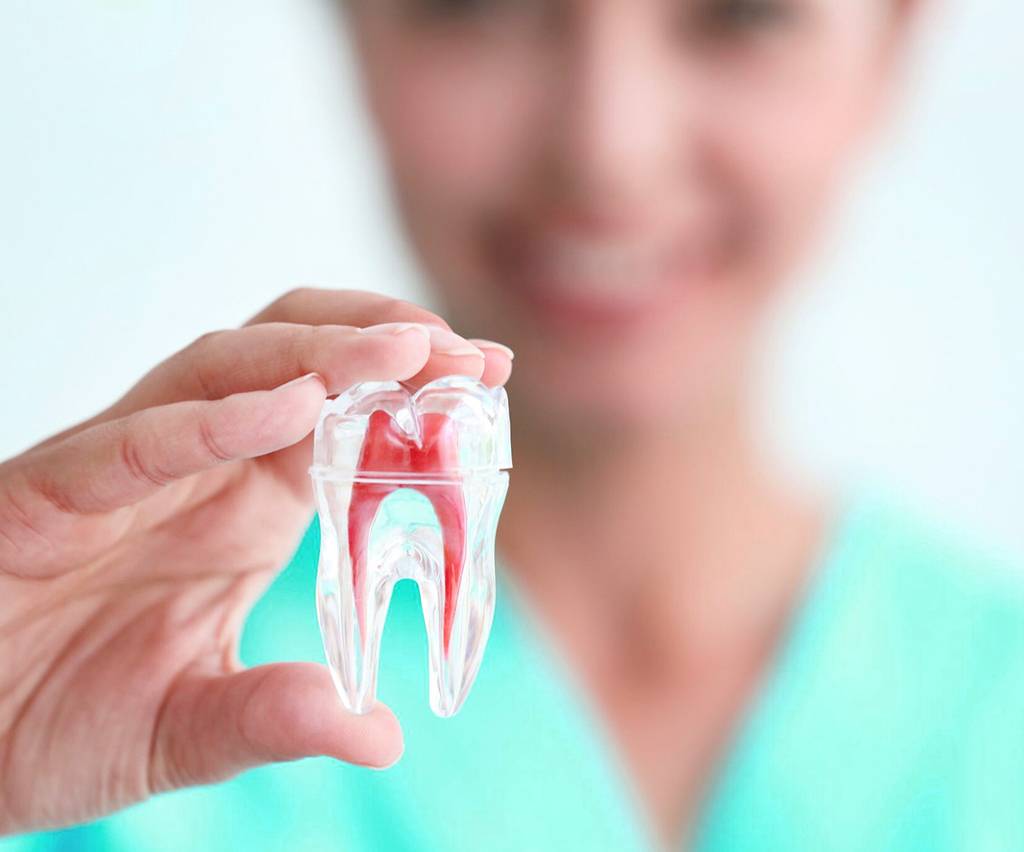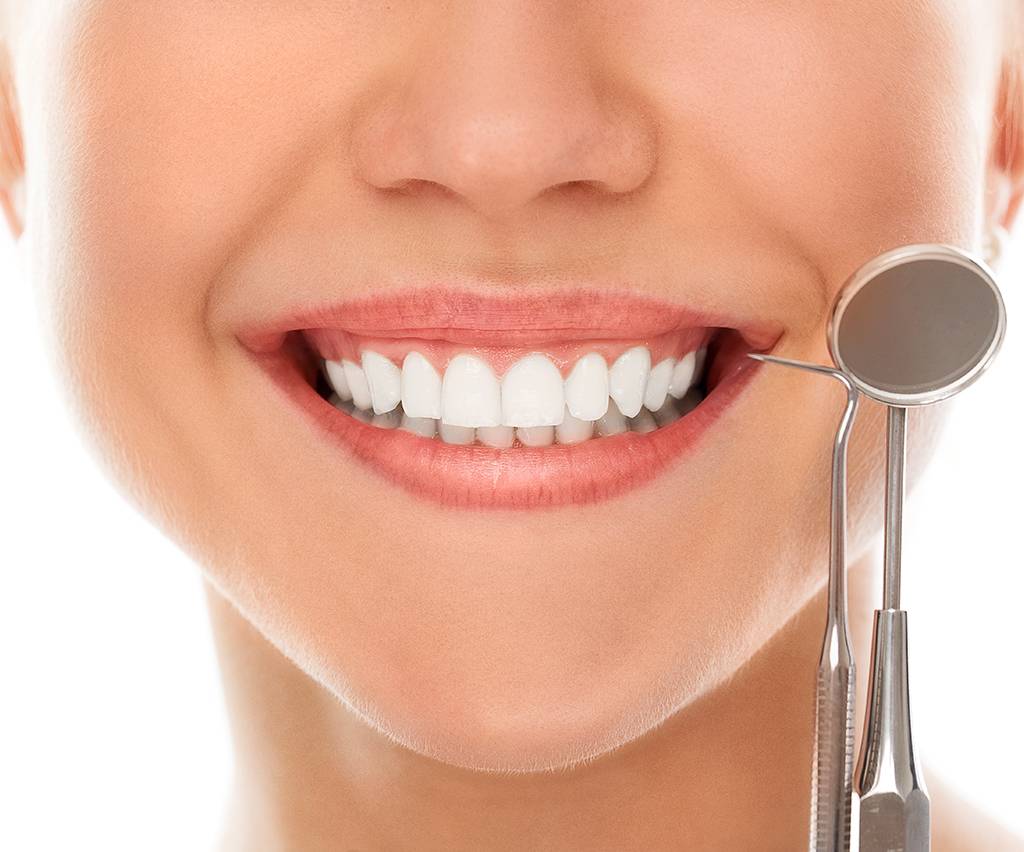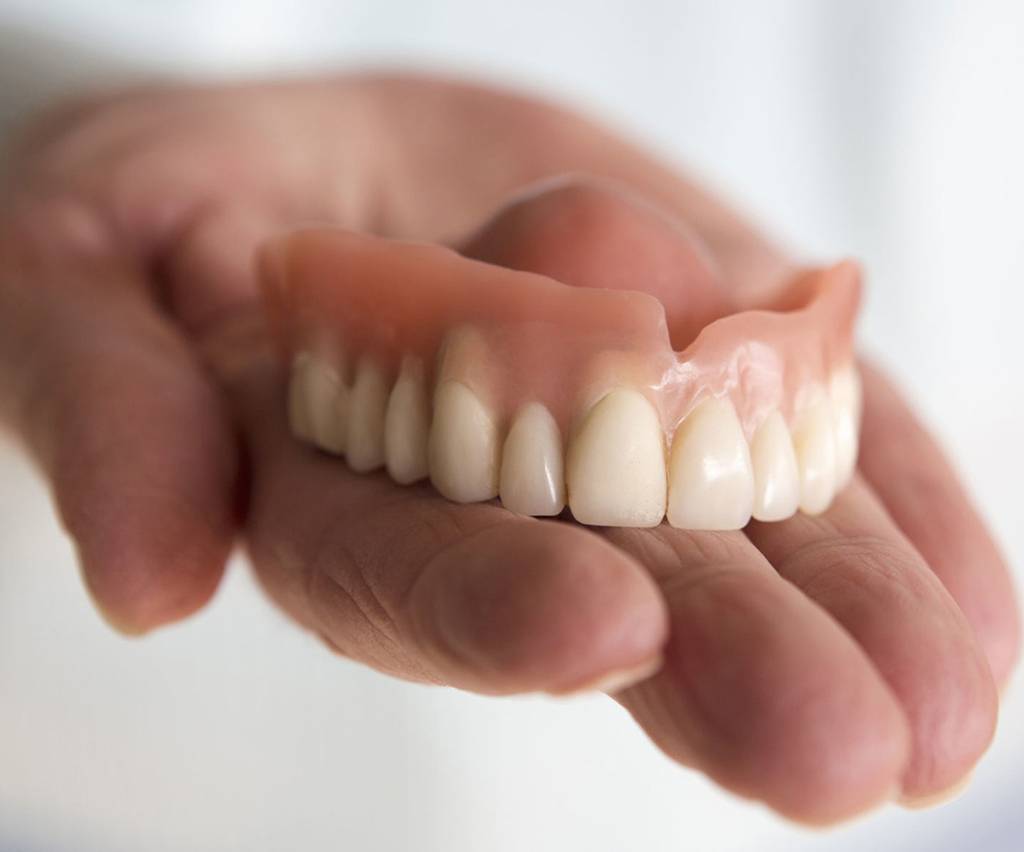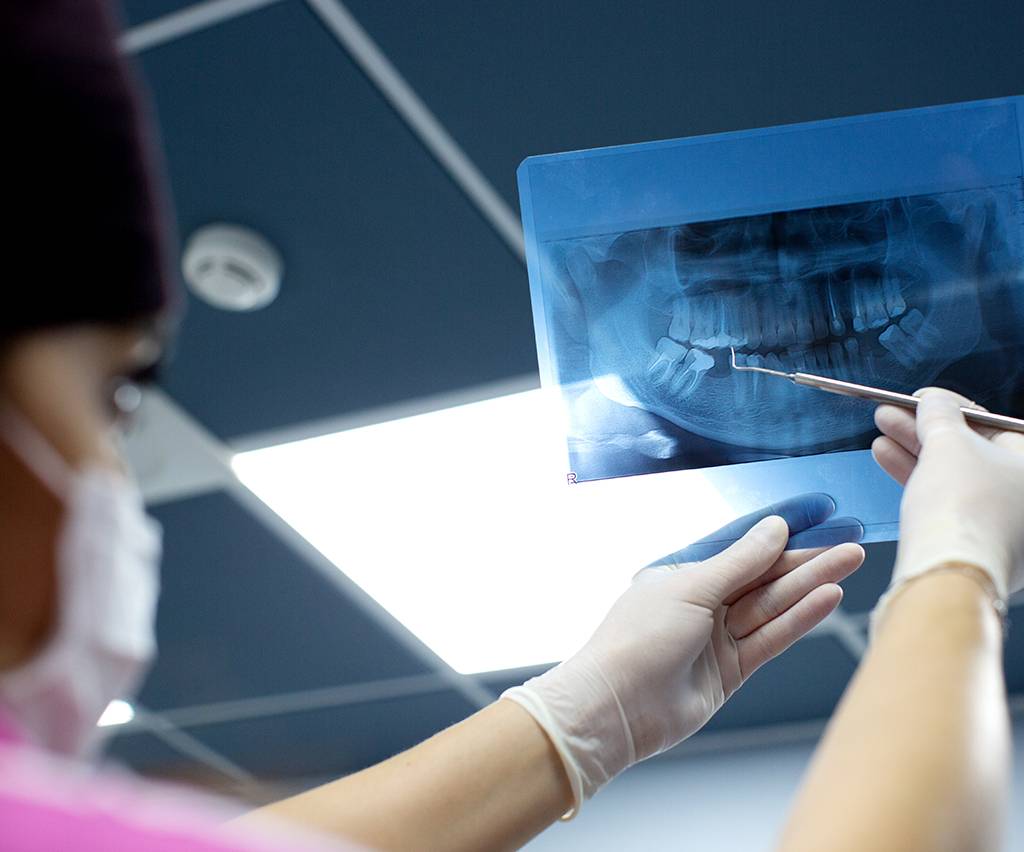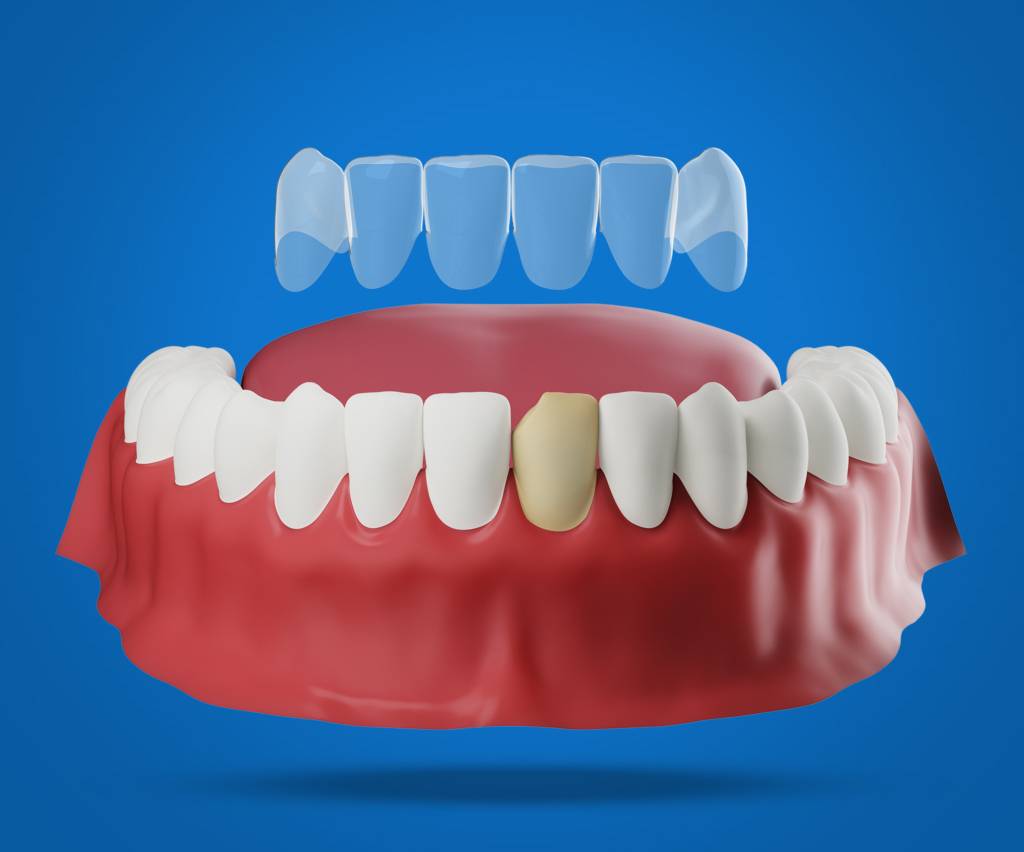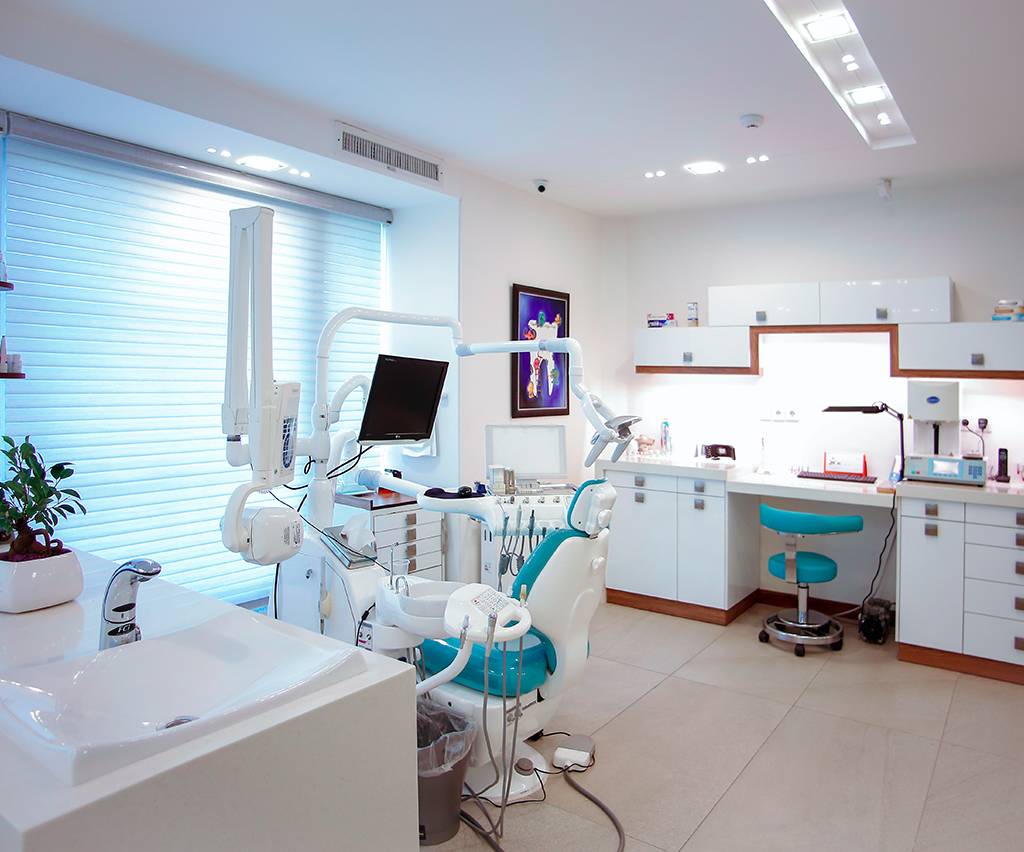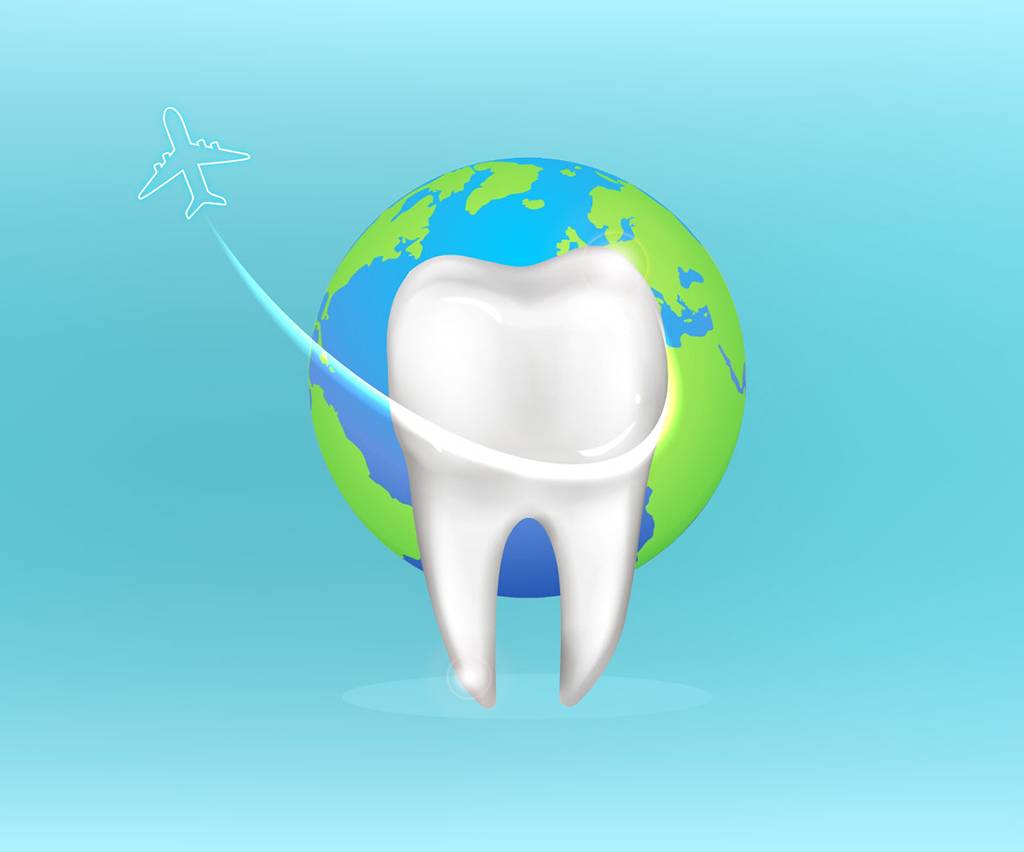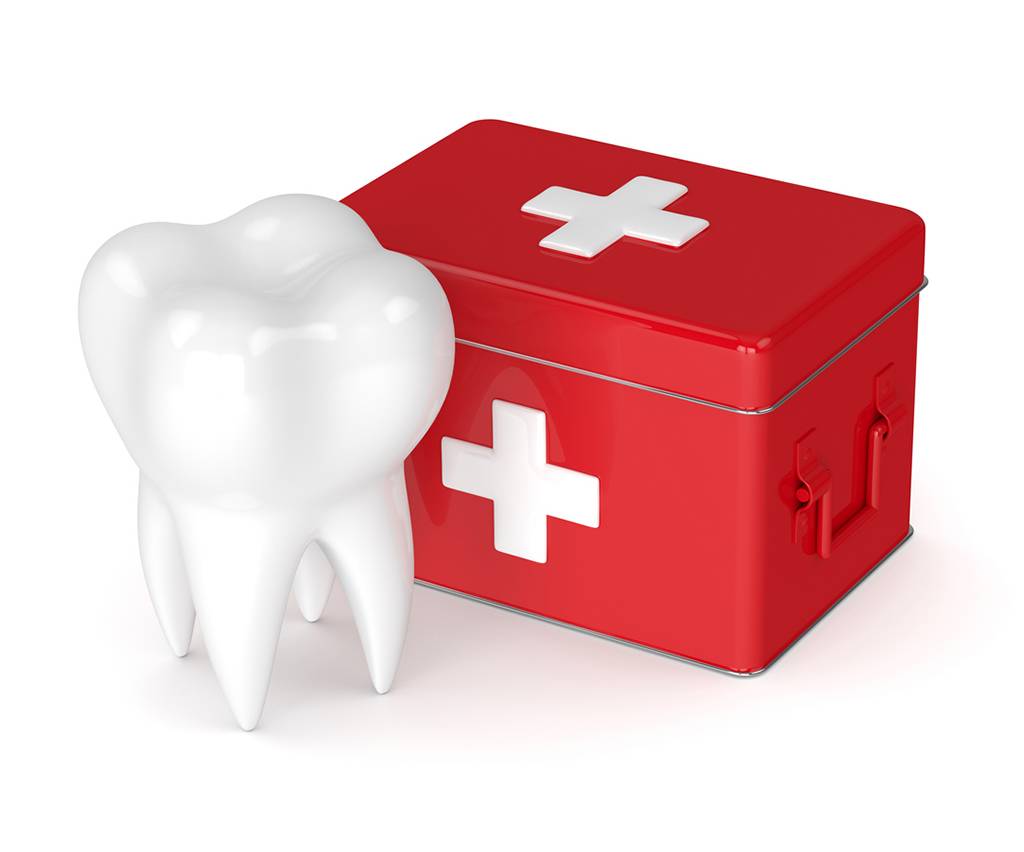
GUM TREATMENT
What is gum disease?
Gum disease refers to inflammation of the soft tissue (gingiva) and abnormal loss of bone that surrounds the teeth and holds them in place, Gum disease is the second most common cause of a toothache.
What causes gum disease?
Gum disease is caused by toxins secreted by bacteria in "plaque" that accumulate over time along the gum line. This plaque is a mixture of food, saliva and bacteria.
What are symptoms of gum disease?
Early symptoms of gum disease include gum bleeding without pain. Pain is a symptom of more advanced gum disease as the loss of bone around the teeth leads to the formation of gum pockets. Bacteria in these pockets cause gum infection, swelling, pain and further bone destruction. Advanced gum disease can cause loss of otherwise healthy teeth.
How is gum disease treated?
Treatment of early gum disease involves oral hygiene and removal of bacterial plaque. The moderate to advanced gum disease usually requires a thorough cleaning of the teeth and teeth roots called "root planing" and "subgingival curettage." Root planing is the removal of plaque and tartar (hardened plaque) from exposed teeth roots while subgingival curettage refers to the removal of the surface of the inflamed layer of gum tissue. Both of these procedures are usually performed under local anesthesia and may be accompanied by the use of oral antibiotics to overcome gum infection or abscess. Follow-up treatment may include various types of gum surgeries. In advanced gum disease with significant bone destruction and loosening of teeth, teeth splinting or teeth extractions may be necessary.
Periodontitis
It is a progressive inflammatory disease of the gums and the surrounding tissue around the teeth. It is commonly known as gum disease and was referred to as pyorrhea in the old days. It is estimated that up to 80% of the population above the age of 40 may suffer from this disease with the severity varying drastically from one person to another. Periodontitis is the number one cause of tooth loss after the age of 40. Certain medical conditions or medications can make you more susceptible to gum disease. They include pregnancy, diabetes, epilepsy and such medications as chemotherapy, birth control pills, antidepressants and those for heart problems.
If you notice any of the following signs of gum disease, schedule an appointment immediately:
- - Gums that bleed when you brush your teeth
- - Red, swollen or tender gums
- - Gums that have pulled away from the teeth
- - Bad breath that doesn't go away
- - Pus between your teeth and gums
- - Loose teeth
- - A change in the way your teeth fit together when you bite
- - A change in the fit of partial dentures
Non-Surgical Therapy
Scaling and Root Planing: Manually removing the plaque and tarter from the root surfaces of your teeth below the gum line.
Antibiotics: Because bacteria cause periodontitis antibiotics may be prescribed as pills or as an Antibiotic fiber. The fibers are used in conjunction with scaling and root planing. They are placed directly into the pockets and are removed within 7-10 days later. Antibacterial mouth rinses may also be recommended to help plaque control.
Bite correction: An imbalanced bite may accelerate bone destruction. Your teeth may be adjusted for proper and better function. A Bite-guard (removable retainer fitting over teeth) may be required to protect teeth surfaces and relax tense muscles. Splinting: This technique attaches weak teeth together, combining them into a stronger single unit, making them more stable and offering more comfortable chewing.
Surgical Therapy
Flap Surgery: Our periodontist separates the gum from the teeth creating a "flap" and accesses the infected pocket. It aims to reduce pocket depth and increase the ability to maintain the remnant pockets clean.
Gingivectomy: This procedure is performed when excess amounts of gum growth around the teeth have occurred. This results in false pocket formation and the inability to keep them clean.
Osseous (bone) surgery: This procedure is done to smooth shallow craters and defects in the bone due to mild or moderate bone loss. Guided Tissue Regeneration: This procedure is done in combination with a surgical flap operation where gum growth into a defect is barriered off to allow slower growing bone, cementum and ligament cells to populate a bony defect.
Bone Grafts: Tiny fragments of the patient's bone, synthetic bone or bone obtained from a bone bank are used to fill a bony defect around the teeth. These grafts act as a scaffold on or around which patients own bone is conducted or induced to grow.
Soft Tissue Graft: In cases of gum recession a graft is usually taken from the palate and transplanted onto the receding area to reinforce the thin gum and to inhibit further gum recession.
Flap and Bone Surgery
When gum is inflamed severely (periodontitis), alveolar bone will be absorbed, and defected. Periodontal ligaments which connect between the alveolar bone and the teeth will disappear. Sever bone lose will cause tooth moving and missing. Flap and bone surgery is order to contour the bone, deeply clean the tooth to reduce the inflammation, and promote bone re-growing and connections firm.
Detailed Procedures
- - Presurgical bone defect.
- - Gum inflamed and reddish.
- - Flap incision to make gum retracted and the bone shows out.
- - The bone is contoured and remain tartar is removed.
- - Gum is sutured back.
- - After periodontal surgery, the bone defect disappears and gum becomes healthy pink color.
Dental Treatments





